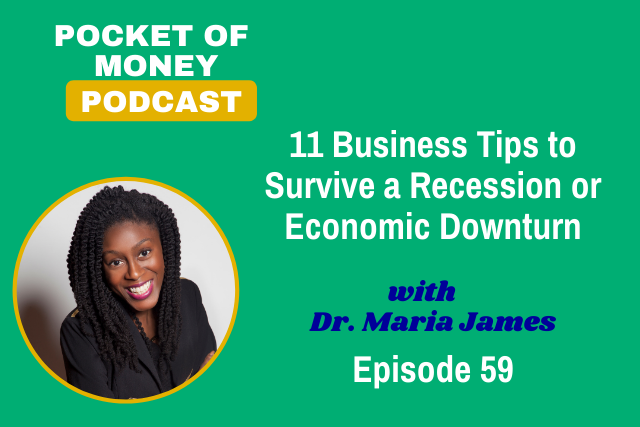Credit and credit scores explained. Part 2.
What is a good credit score?
Last week, we talked about what credit is and what is a good way to use it. Basically any time you borrow money, you are using credit and creating a credit history. Did you look at those “innocent” store cards differently? Before any lender loans you money, they have to assess how likely they are to get their money back and how likely they are to get more money from you than they loaned you (I’ll explain what I mean by this part). In order to make this assessment, the lender will analyze your credit score and credit history. Let’s discuss credit scores and what affects them.
The three major credit bureaus are Experian, Equifax and Transunion. Each analyzes several different factors and uses the FICO formula (or a similar formula) to calculate your credit score. FICO stands for Fair Isaac and Company and most credit bureaus use their formula to calculate your credit score. You’ve probably also heard the term FICO score, it’s a synonym for credit score.
Here is what the credit bureaus consider as they analyze your credit history to determine your credit score. The percentages show how much each item is weighed.
- Payment history, 35%. They look at your history in paying your bills. Do you pay bills on time? They assess any credit you have and if you make or made timely payments.
- Amount owed, 30%. They look at the amount you owe compared to how much available credit you have. If you have used up a lot of your available credit this may indicate that you’re likely to miss or make late payments.
- Type of credit, 10%. The types of credit you have also accounted for in your credit score. They look at the mix of credit cards, retail credit cards or accounts, student loans, mortgage loans etc. The mix isn’t as important making sure you pay each in a timely manner.
- New credit, 10%. They also asses the amount of new credit you have. Don’t open many new credit lines or accounts in a short amount of time or else you’ll seem overextended and indicate that you’ll be likely to make late payments or miss payments.
- Length of credit history, 15%. The length of your credit history is also factored into your credit score. A longer history will increase your credit score if it shows responsible use of credit. Responsible use of credit can be assessed with the previous four factors mentioned, such as timely payments etc.
Take control of your money. Don't let your money control you. Get the management tools.FREE Money Management Toolkit

After analyzing these factors they use a formula to come up with a number that tells lenders how likely you are to pay them back if they lend you money. They use it as a standardized way to assess your financial management skills. Credit scores range from 300 – 850. The higher your score the better your credit. Of course better credit will allow you to borrow more money because the lenders will feel pretty confident that they’ll get their money back from you, with interest.
Each lender has their own system of determining your risk level based on your credit score. The lender determines what they consider to be a good, acceptable, or high risk score range. However, in general 720 and above is a good credit score while below 580 is high risk. Although this is very general, it all really depends on the lender.
Just remember your credit score is not stagnant because your credit history is continuously changing as you pay down credit debt or acquire more as time passes. As your credit history changes so does your credit score. When a lender does a credit check or you obtain your credit report, it is a snapshot of your credit history at that point in time. This probably led you to ask “ok, that’s how they determine my credit score but how do I raise my credit score?”
Stay tuned for next week’s post where we’ll discuss how to raise your credit score and assess your credit history yourself.
I love hearing from you. Leave your comments below and reach us on Facebook and Twitter.
Photo credit: Emily Conwell







Responses